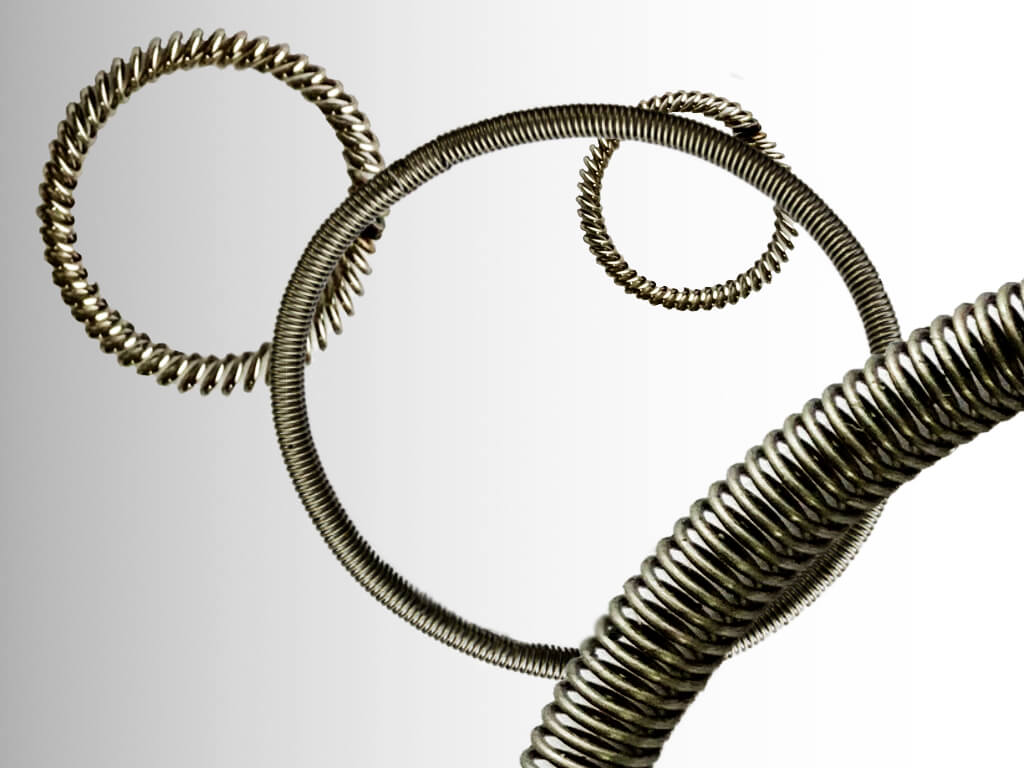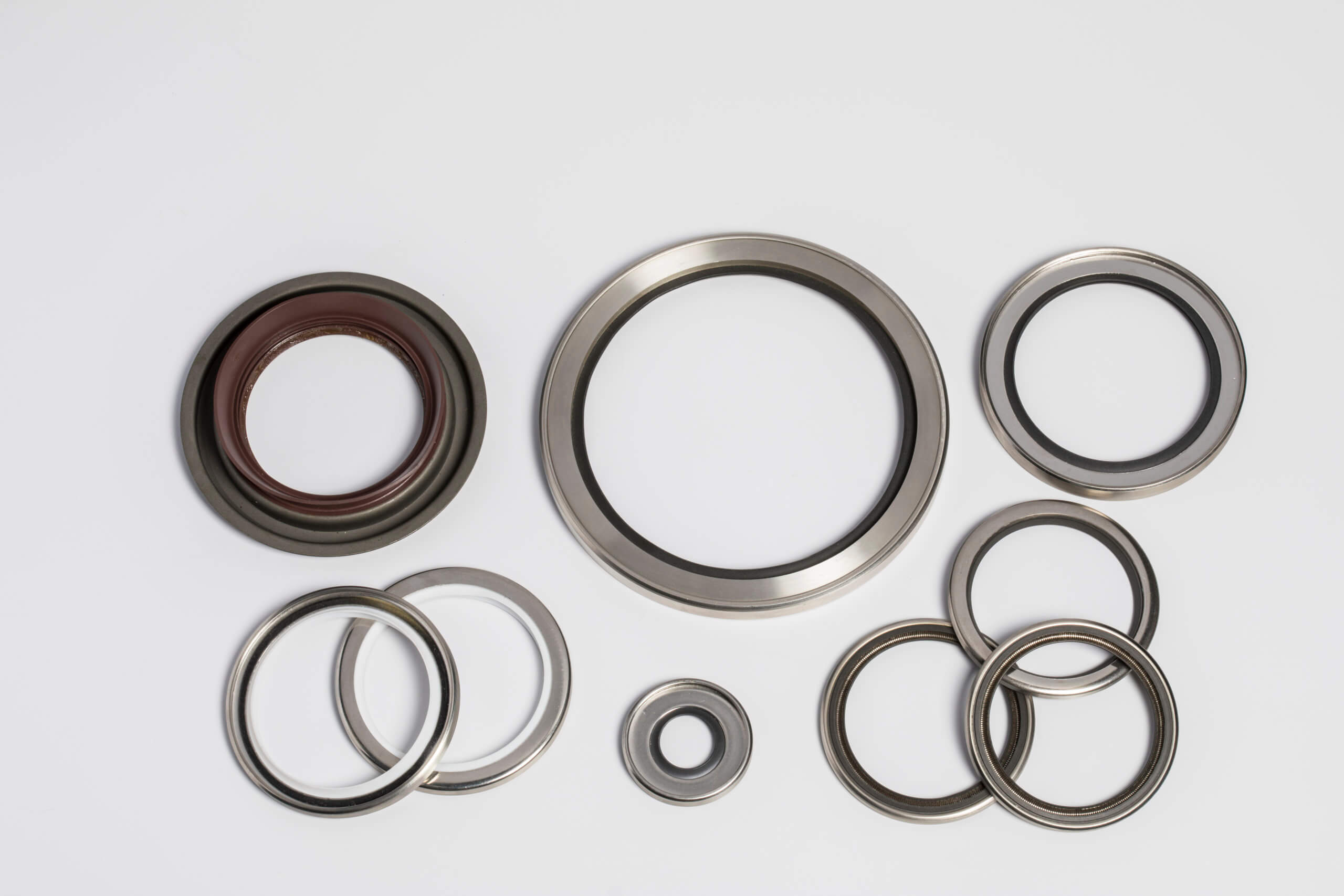One of the common problems in high-pressure applications is extrusion of the seal into the extrusion gap. This will lead to a damaged seal, which could quickly prove both dangerous and expensive depending on the application. And this problem is not limited just to more traditional seal designs.
What do you need to know about spring-energized seals and backup rings? Similar to traditional seal designs, spring-energized seals can also face problems with extrusion–which is why backup rings are sometimes needed in conjunction with a spring-energized seal.
Seal Extrusion
Extrusion becomes an issue when the pressure acting on the seal is greater than the extrusion resistance limitation of the seal or when there are operating conditions that reduce the seal’s extrusion resistance, such as high temperatures or moisture absorption. Extrusion is also a problem when guide rings or wear rings have increased the extrusion gap. BURs fit between the seal and the extrusion gap to prevent the seal from deforming and becoming caught in the gap.
And this issue is not limited to standard rotary shaft seals: it can also be a serious issue for spring-energized seals. If energized seals are failing and the edge of the sealing lip looks as if it has been “nibbled” on, there is a strong probability that the problem is seal extrusion–and a backup ring may be all that is needed to solve the problem.
Backup Rings
Backup rings (often abbreviated BUR or referred to as anti-extrusion rings) are used to prevent mission-critical seals from being damaged when they are continually exposed to high pressures and run the risk of extrusion. Backup rings prevent the seal from extruding or deforming by reducing the extrusion gap on the low-pressure side of the seal but do not serve as a seal themselves.
Backup Rings with Spring-Energized seals
Materials used for BURs must be extrusion resistant themselves, which means they need to be hard. Like the seal lip, they also need to be resistant to the chemicals and environment to which they will be exposed. Ideally, backup rings should also have low friction and excellent wear characteristics. There are several different materials used for backup rings, including polymers and elastomers. The most common polymers used include PTFE, PEEK, Nylon, and UHMW PE. For spring-energized seals, both PTFE and PEEK are often used.
Filled PTFE (e.g., glass, carbon, etc.) can operate with pressures up to 5,800 psi. However virgin PTFE is limited to about 3,600 psi which means that for backup rings filled PTFE is preferred. PTFE has a maximum operating temperature of around 575°F and it is very chemically resistant and has extremely low friction. It is also dry running and available in sufficient hardness for backup ring applications.
PEEK performs well at pressures up to 20,000 psi and has a maximum temperature operating temperature of 500°F. It is also available will fillers to provide additional strength and hardness. Like PTFE, PEEK is compatible with a range of chemicals, including many aggressive cleaning solutions. PEEK is often used with spring-energized PTFE seals.
Conclusion
If extrusion is the problem with a spring-energized seal, or you know that a seal design will run the risk of extrusion, then backup rings can be used to prevent extrusion. The use of backup rings not only extends the life of the spring-energized seal but reduces the probability of failure due to extrusion.




